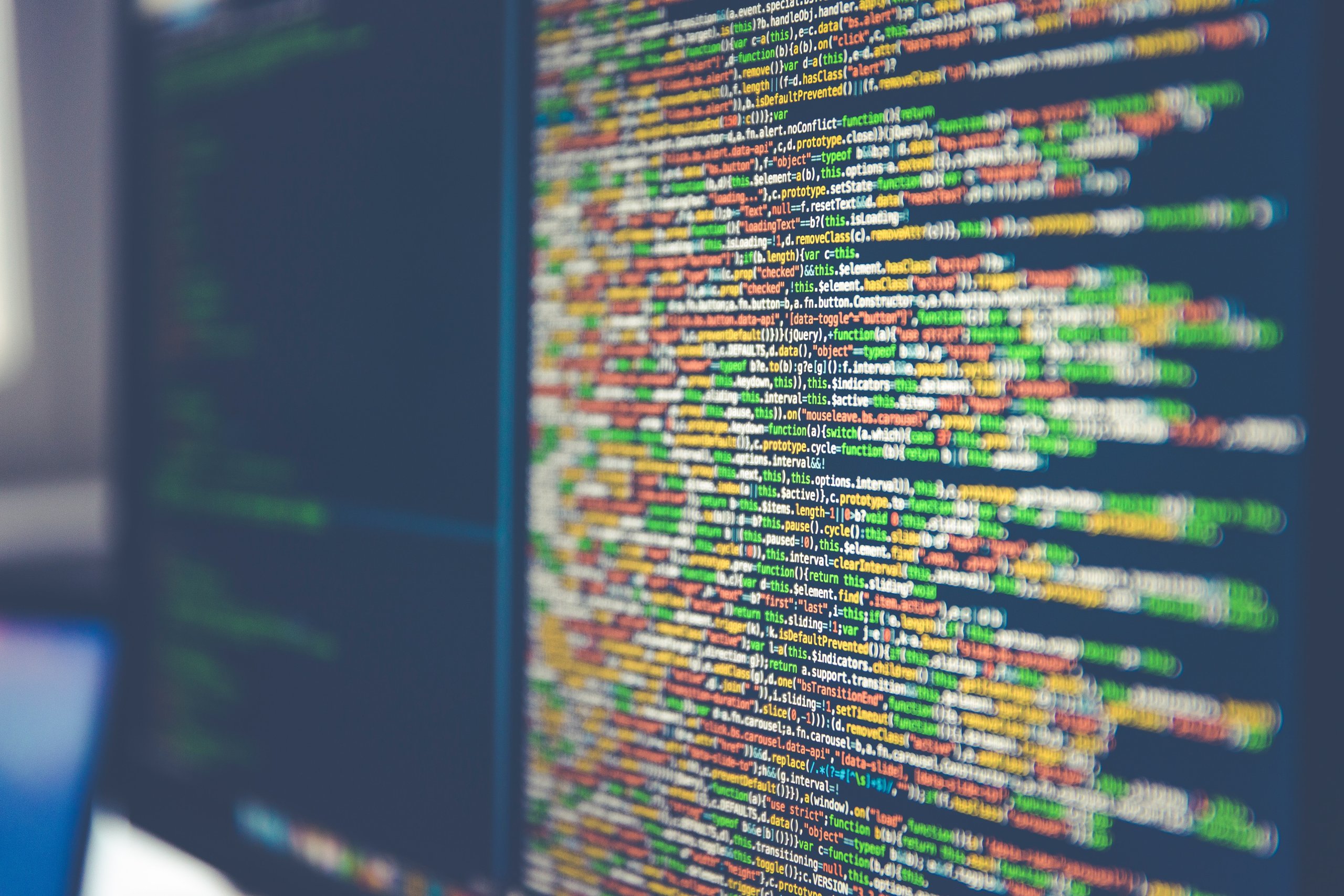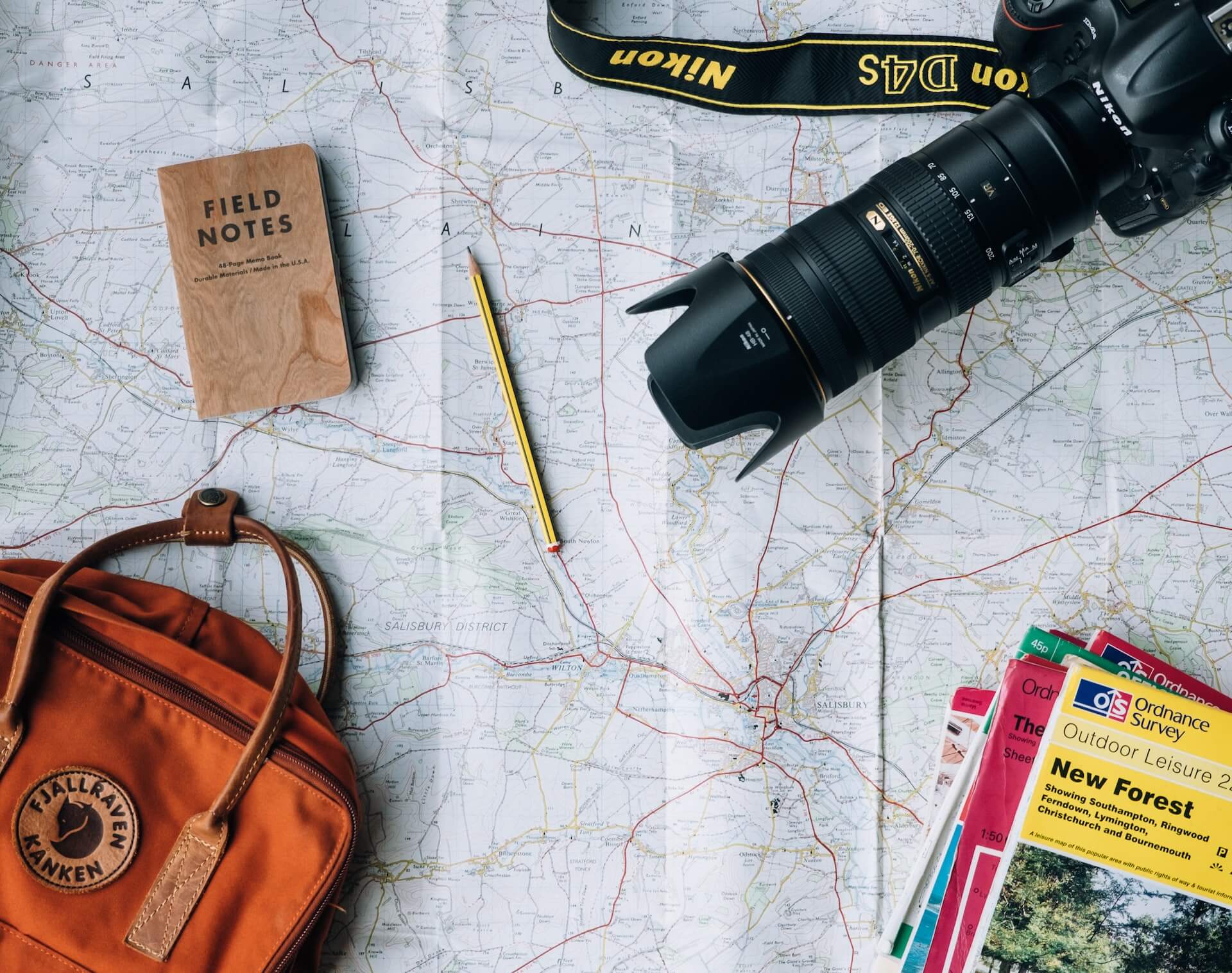A logo design is much more than an image, it acts as an identifier for the brand. As logos carry a lot of significance, designing them demands special attention. Distinct and impressionable logos are easily recognized and recalled by the customers. With the help of a logo maker you can create a logo design which effectively communicates with the customers on the behalf of your brand. In order to create a meaningful logo design, it is essential to understand the logo process. With AI based logo makers available online, even users with little or no designing background can create amazing logos.
Here is a step by step guide which can help you navigate the designing process with ease.
- Understand your marketing strategy
A logo is a vital aspect of any marketing strategy. Before you start with the actual designing process, create a marketing and branding strategy and identify the role your logo is supposed to play. All your branding materials and digital mediums would display the logo and hence it must let the customers know it’s correct for them. Customers notice a logo before anything else and it makes an impression on their minds about the brand. Therefore create a logo which goes hand in hand with your marketing strategy. - Define the brand Message to be Conveyed
Customers choose a brand which is more relatable and reliable. A good logo design is essential to convey this to the prospective customers. Marketing experts recommend that your logo must tell a story about the origin or the philosophy of the business so that it imparts a persona to the brand. Consider the iconic logo for Amazon. As the e-commerce giant deals in everything under the sun, the simple arrow connecting the a and z conveys that amazon sells everything. The arrow shaped as smile also represents a happy experience in store for the customers. - Evaluate the Competition
Check out what others are doing and how the customers respond to it. This not only helps in providing insight but can also become a source for inspiration. Even though you may borrow some ideas from the competition, keep in mind to create a logo which helps your brand stand apart from the rest. Identify how your business differs from the rest and emphasising these differences in your logo design. - Select Ideas based on the Brand Message
Equipped with the features that are unique to your business, start with incorporating these in the form of symbols and icons. Keep improvising and creating sketches of ideas that come to mind based on what brand message you want to convey. Being an initial stage, this can be frustrating but keep faith as the design will evolve gradually. The key to remember is keeping it simple so that the whole design is not overwhelming. - Design your Logo on an Online Logo Maker
An online logo maker is based on artificial intelligence is a versatile tool. These logo makers help user design their own logo with a user friendly interface. Using these tools you can turn your ideas into a digital format. Using Designhill you can create the logo design with ease and even have the AI powered online logo maker tool that generates array of logo designs for you within minutes. With this tool you can customize your logo and decide which symbols/icons, colors, shapes and fonts to use. - Select the Appropriate Symbols
The symbol you use in the logo design must either be related to the name, industry or product in order for the resultant logo to be relevant. Avoid using a clipart as a logo must be aimed to be timeless, scalable, memorable and appropriate. A unique, customized and identifying icon can help create a logo which is simple yet effective. Therefore choose the symbol consciously while designing your logo. - Choose the Suitable Colors
When you pick the colors for your logo design, keep in mind that the logo would have to be used in a variety of forms. Since a logo could be used on branding materials, it’s colors must be harmonious to various background colors. Therefore make sure that the logo colours look great on light as well as dark backgrounds. - Pay Attention to the Font
Typography is an essential aspect of logo design especially if the logo design consists text such as the company/brand name and tagline. Minute details hidden in various fonts contribute to the imagery and helps make them distinct. What font is used in the logo says a lot about a business. For instance, the Font Merriweather translates to classic while the Font Montserrat is considered a modern alternative. Avoid using the fonts that are commonly available on word tools, this will result in a generic looking logo, defeating its whole purpose of standing out. The best logos that make use of distinct fonts are Ray Ban, Coca Cola and Facebook.
Avoid using the fonts that are commonly available on word tools, this will result in a generic looking logo, defeating its whole purpose of standing out. The best logos that make use of distinct fonts are Ray Ban, Coca Cola and Facebook. - Don’t just Finalize and Download a Logo Design
While this can appear to be the last and a very straight forward step, its not. Before you finalise a logo design, ensure the design’s scalability. You need a logo which can be used on smallest as well as largest of print mediums, digital as well as print mediums. You may need to have the logo printed on a billboard or on a pen, the logo and all its elements must be legible on all possible mediums. As your business grows, your logo will be used at a number of places, therefore make sure that you obtain all possible formats for the logo file such as PDF, JPG, PSD, SVG, PNG etc.A logo design is an extension of your brand. While the process to create a logo design can be overwhelming, it is recommended to use an AI based logo maker in order to make the task simple while saving time. Using a logo maker tool can also prove to be an inexpensive alternative to hiring a professional designer. Follow these steps while creating your logo and you will have a winner at your hands.


![How To Design A Logo [Step-by-Step Guide]](https://e-syndicate.net/wp-content/uploads/2018/07/How-to-design-a-logo.png)























Leave a Reply